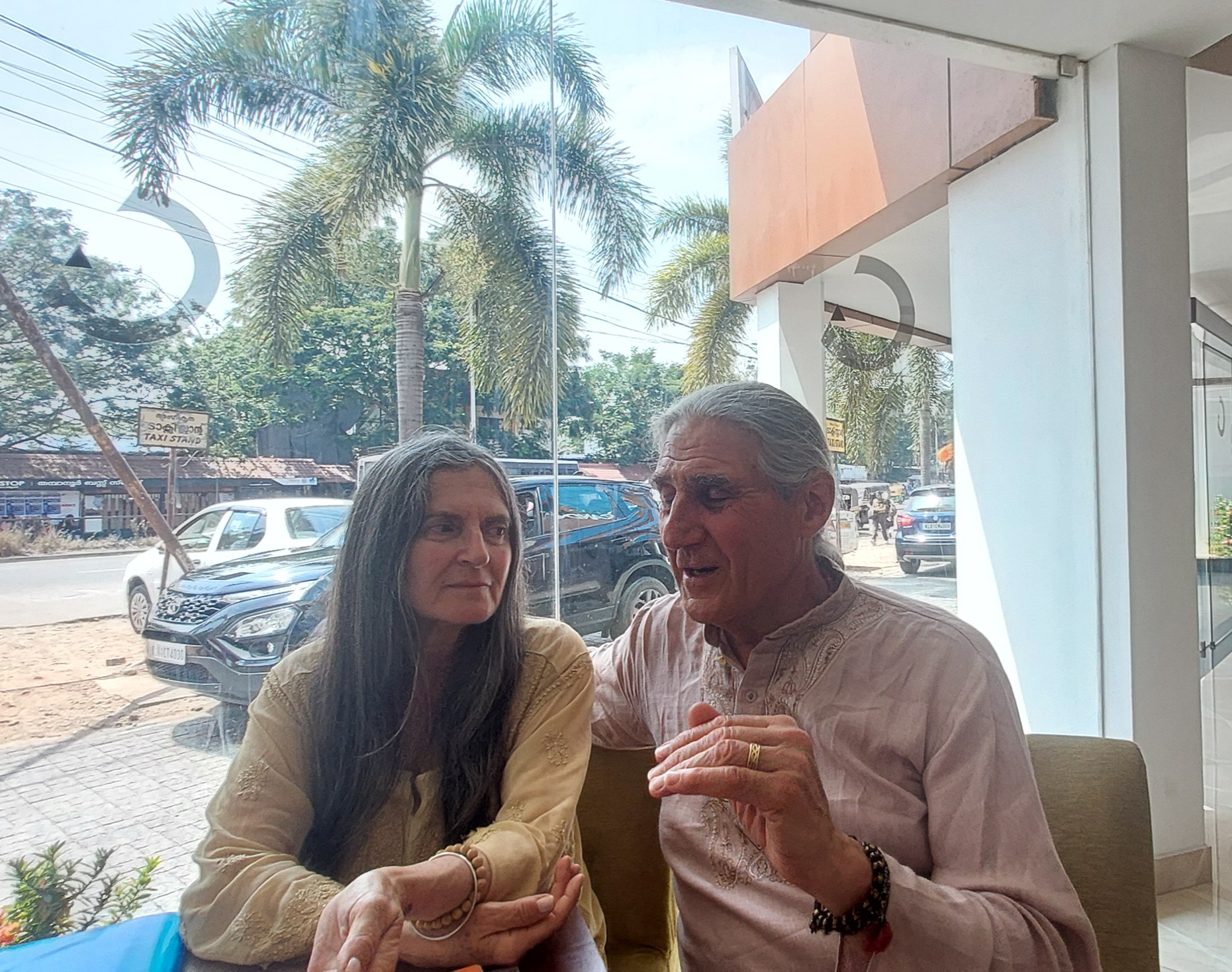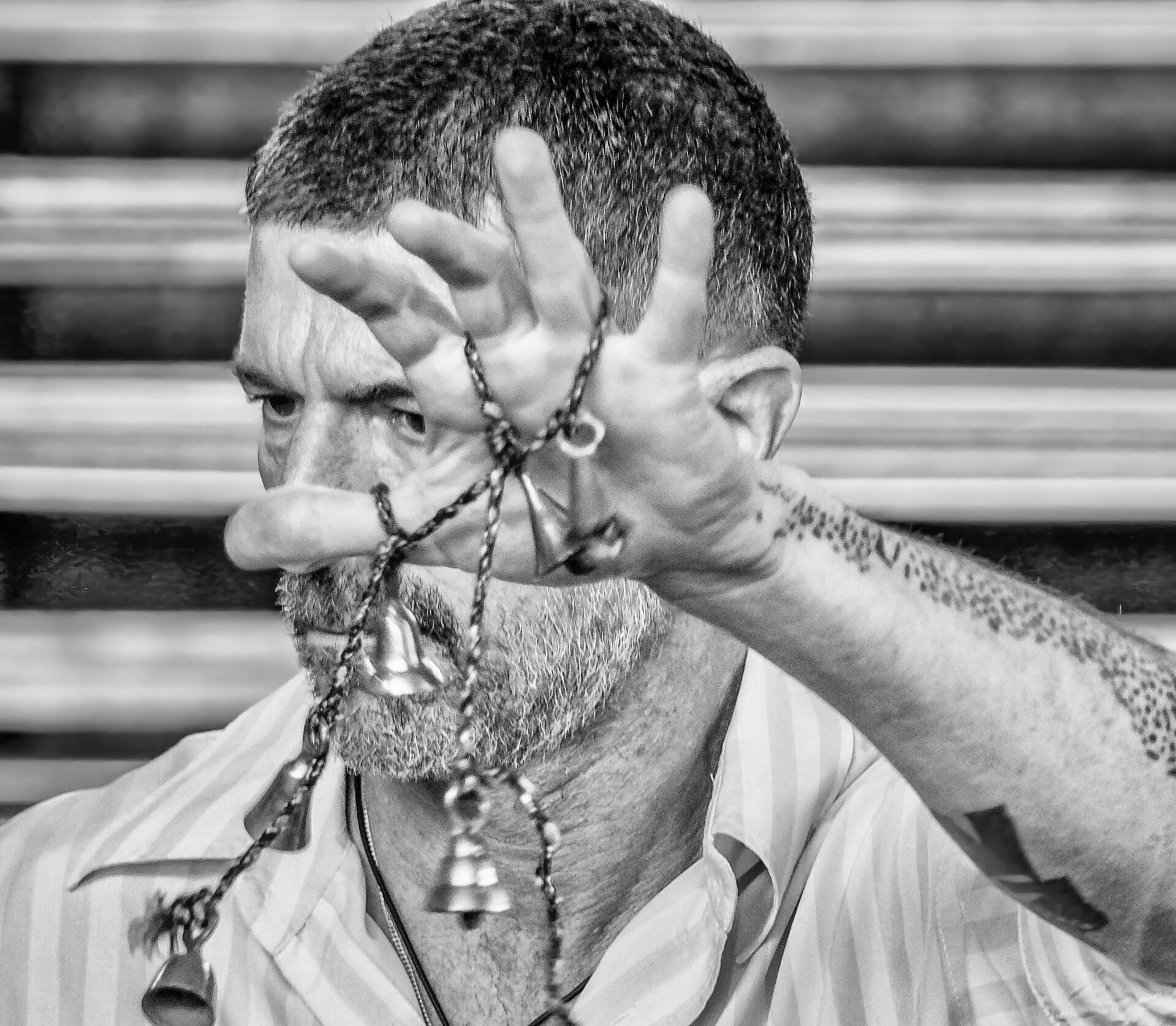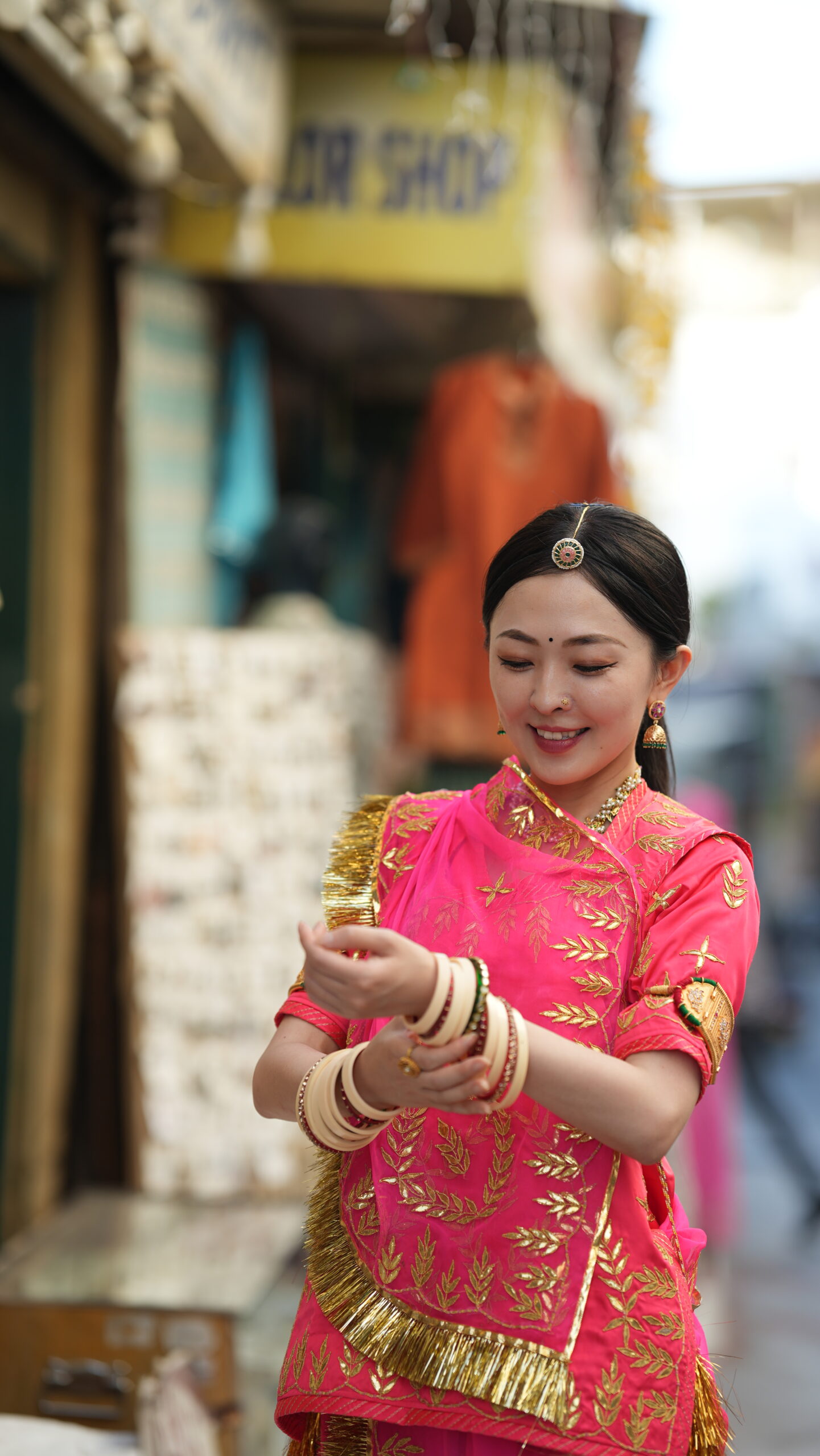For Joachim Wespel, a guitarist, finger drummer, and experimental musician from a small German village of just 3,000 souls, the path to Indian classical music began with a spark — one that still burns bright.
“I was around 18 when I first heard the band Shakti,” Jo recalls. “My bandmates introduced me, and I was amazed. Even though Shakti wasn’t purely traditional, it touched my soul immediately — the emotions, the melodies, the rhythms, and the sheer virtuosity. I had never heard anything like that before.”
That moment set him on a lifelong exploration. A drummer friend who studied jazz in Dresden took private tabla lessons in Berlin and opened Jo’s ears to the complexities of rhythm. From there, Jo’s listening expanded — from New York musicians like Dan Weiss and Miles Okazaki, influenced by stalwarts such as Samir Chatterjee, to contemporary masters like B.C. Manjunath, with whom Jo recently had the privilege to play.
Building Bridges Through Rhythm
A self-described “rhythm nerd,” Jo’s curiosity was naturally drawn to the intricate cycles of Carnatic music. “I’ve always been interested in groove and complex rhythms like odd meters and polyrhythms,” he explains. “In Western jazz education, you learn rhythm differently. I never had an Indian classical teacher — I just found my own way of combining ideas. But Konnakol was the bridge that connected everything.”
Still, diving deeper brought both surprises and challenges. “The phrasing and feel are so different from how I learned rhythm. Even after 25 years of guitar practice, I had to adapt my right-hand technique to really fit the phrasing when I played with classical Indian musicians. That was humbling and inspiring at the same time.”
A pivotal moment came in 2024, when Jo joined Cologne-based virtuoso Matthias Schriefl’s band Amithias, alongside flautist Amith Nadig and mridangam artist Vinod Shyam Anoor, for a tour across Tajikistan and Uzbekistan. “It was the first time I played with Indian classical musicians at the highest level. I had to prepare differently, and it pushed me to grow.”
Collaboration and Mutual Respect
For Jo, collaboration with Indian musicians has been transformative, not just musically but personally. “The most rewarding part is definitely the approach — how they play, and the deep appreciation for music and life itself,” he reflects.
Of course, blending traditions comes with challenges. “There are many terms that don’t exist in the other’s musical world. Luckily, Matthias and Amith had been playing together for 17 years, so a lot of those bridges were already built. I could jump right in, learn directly, and contribute with my own abstract melodic approach and rhythmic feel.”
One of the most unique moments for Jo has been interlocking his guitar’s bass function with the mridangam. “That interaction is rare for both sides. In jazz, the rhythm section interlocks from the core, while in Carnatic music the mridangam leads more. Holding a steady bass groove against complex and virtuosic muktayams is not easy — but it’s exhilarating.”
The Spirit of Indian Music
What draws Jo most deeply to Indian classical music is its combination of heart and mind. “It’s a mixture of the spirit, the emotions, and of course the rhythmic insanity,” he says with a smile.
He notices the differences in improvisational focus: “In jazz, musicians often emphasize melody and harmony, flowing over a rhythm section. With Indian classical musicians, the awareness of cycles and rhythmic patterns is on another level. Still, in the end, music is music. Everyone is listening with body, soul, and brain — whatever that means to each individual.”
Looking Ahead: Fusion with Purpose
Engaging with Indian classical music has reshaped Jo’s artistic identity. “My composing and improvising are way more influenced by Carnatic music than probably anyone else in my Berlin/German experimental jazz bubble. It boosted my individuality and skills a lot, and I’m very grateful for that.”
His future vision is ambitious and inclusive. “My mission is to blend Black American improvisation artistry, European New Music of the 20th century, Carnatic rhythmic insanity, and experimental electronic sound design into something fresh. As a producer, I want to mix classical Indian instruments with electronic sounds, granular synthesis, and new musical contexts. As a performer, I dream of featuring Indian classical musicians in my projects. Exchange, respect, openness, and enthusiasm for ‘the other’ — that’s what our world needs in these crazy times.”
And what does Jo tell people who are new to Indian classical music? He keeps it simple: “I encourage people to listen to any music, with an open heart. Indian classical music, from a European perspective, has a very special spirit, dynamic, and feeling. There’s always a chance it will touch your heart.”





